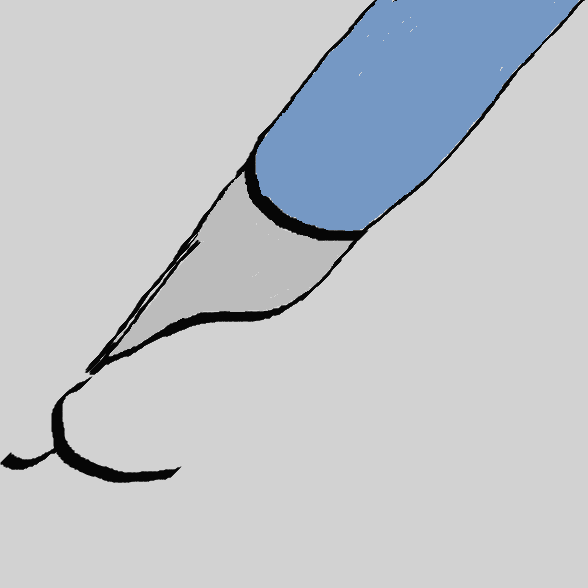
Incidents from Tilebury's History
Dr Harriet Longstepp
1 August
The festival of fear.
Well I'm pleased to be able to write this article since I wasn't sure that Mrs Lennier would want me to participate any more because I wasn't able to vote for her at the trust meeting this week. Nonetheless, I was very pleased that she remains as editor and even more pleased that Mrs Lennier was very honorable about everthing and has asked me to keep contributing. So I am pleased we can continue as before.
So this is my submission this month, which I am going to use to avoid any comments on the current disagreements about the paper. Not least because my name appears to have been linked with an unfortunate misunderstanding regarding Alderman Cornelius about which I have been obliged to conduct a rather discomfortingly long interivew. I've consequently chosen a nice safe topic of the summer festival.
The summer festival is an old institution. When you go along to the hog-roast this month you'll be standing in the footprints of centuries of Tilebury villagers. Its really exciting to think that isn't it? People have been doing exactly what we do ever since the middle ages and probably before.
And I was put in mind of one of the stories from the festival when this morning I saw those young people practising their music in the park by the William Jenns school. Two of the boys had taken their shirts off (it is warm and I don't find this offensive, although I think there are others in the village who would prefer that they didn't do this. In particular I understand we had some difficulty with keeping the judging panel from the 'beautiful village' competition away from that area.) Those boys (and some of the girls) had some very imposing tattoos and one of them was a snake which seemed to be coiling up the boy's arm.
Well in the seventeenth century the festival was a big event in the local area and lots of peddlars and travelling shows would come and sell their wares. One year, a late arrival set up a battered old tent on the edge of the village green and started claiming that he could do magic. He offered to read palms and tarot cards and to produce sixpennies from behind children's ears.
But the villagers shied away. They seemed uninterested and perhaps antagonistic to magic. One or two rushed past and whispered to the conjurer that he should leave. He did not. In some desperation, he removed his shirt to show a huge tattoo wrapped around his body in the shape of a snake. It's tail laid across his chest and it ran round his back, over his shoulder and down his right arm to where it's head was marked with open jaws snapping at his wrist. 'Ophiuchus' he called it and said that the tattoo was the symbol of the snake god who told him secrets.
If anyone was brave enough to take him by the hand, he claimed, the snake would read that person's mind and he would reveal whatever the person wanted to recall but had forgotten. He leapt from foot to foot and invited a brave volunteer to come forward. The villagers looked the other way and the hurried by, trying to appear as if they had not heard.
Until, that is, through the crowd came an old lady with one eye. She took one look at the tattoo and called the sorcerer a charlatan. He answered brusquely and she gave as good (or I like to think better) than she got. Eventually, he waved his snakey arm at her and mumbled a fearsome sounding spell in an ancient sounding language. His eyes flashed and his body stiffened as he called upon his snake god.
But he had not counted on the woman. She caught his arm in hers and dragged it towards her. Then she leaned forward and whispered something to him close to his ear. Together they entered his tent and within two minutes the woman reappeared and the man immediately struck his camp and fled from town along the Gloucester road. The next day a carter found him in his tent by the side of the road, dead and cold. The carter returned the body to Tilebury for burial.
The burial was poorly attended. Only a handful of people paid respects to the body before it was consigned to a paupers grave. One was the woman who had argued with him. She cast the first dirt onto the body with a hand on which was a fine tattoo of a snake.
The other attendees were loiterers, hangers on and clerical office olders. They all swore afterwards that the body they had seen buried was that of the mountebank, except that it could not have been. The dead body had no tattoos.
Articles from other months are linked from the side bar.
Please address all communications for the attention of The Editor, The Mews Office, Market street.
We have a box at the post office for ideas and notes.

